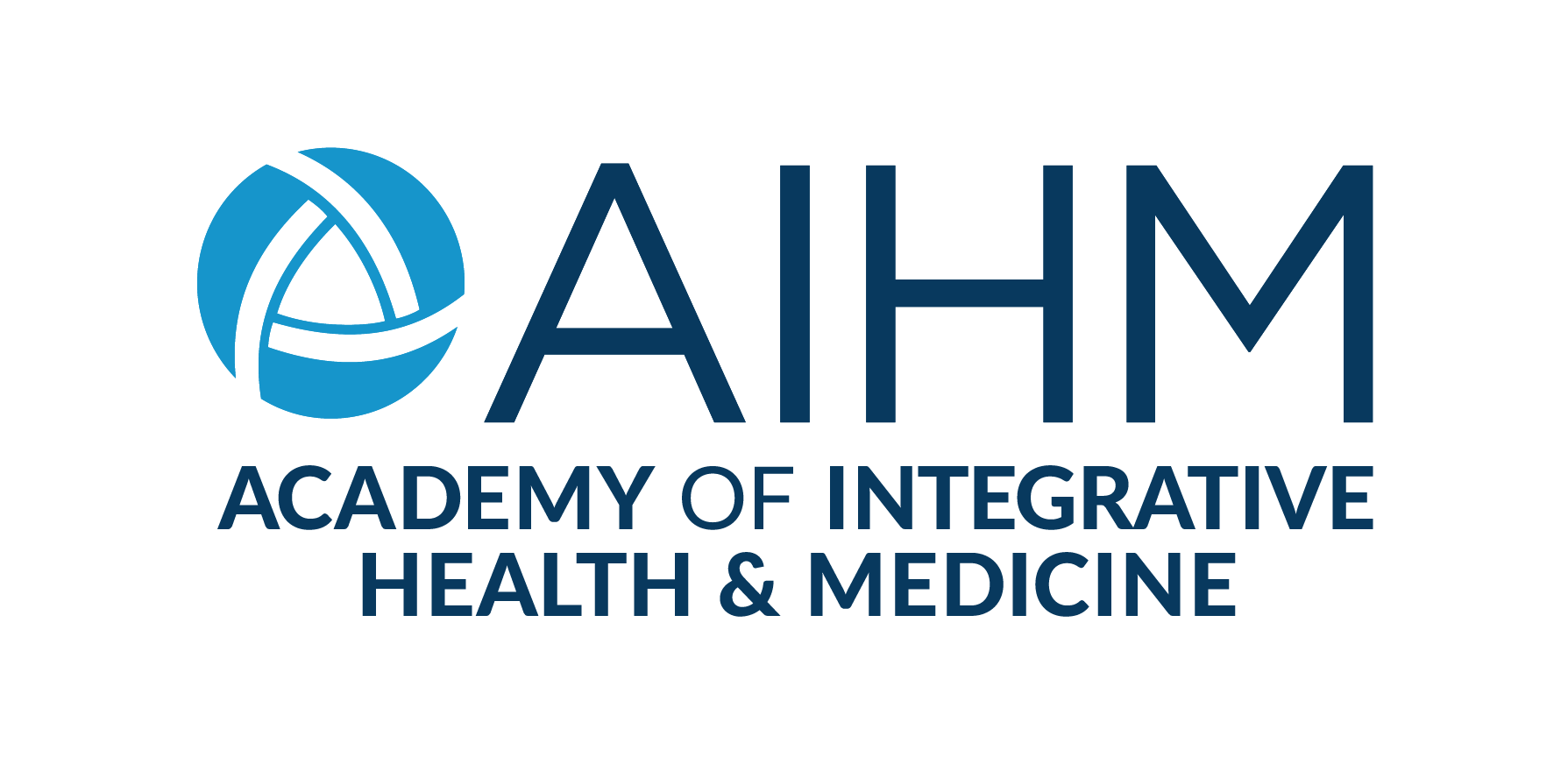Family Doc, Rick Klamm, MD, has a mission—to bring Integrative Medicine to the Fox Valley of Wisconsin
Introduction
A self-described “science guy,” Rick Klamm, MD, is driven by a natural curiosity. He trained at the University of Illinois in Biology and Electrical Engineering, and when he was accepted to Loyola Medical School, he expected a career in biomedical work. But while his interest in the “techy” side of life continued, Dr. Klamm soon found that his true calling was in working with people, especially families.
Here, Dr. Klamm explains how his natural curiosity, the holistic perspective of Family Practice and a commitment to his community led him to integrative approaches, the AIHM Interprofessional Fellowship and an inspired mission to bring Integrative Medicine to Wisconsin.
Beginnings in Medicine
The first day of medical school, I was told “50% of what we’re going to teach you will be wrong. The trouble is, we’re not sure which half it is.” I’ve seen that come true. The world of medicine is fascinating and challenges us as clinicians to always be learning, researching, and growing. My motto is: Keep an open mind, be welcoming to new ideas, but approach them with “healthy skepticism.” As Barb Achten, a mentor of mine, shared recently, “Sometimes what you think is the fringe is really the cutting edge.” So I have that openness, but I will always ask for the evidence.
For family docs, the connection to Integrative Medicine makes sense because both are based on a holistic perspective. One of the tenets of Family Practice is that we take a whole-person view of our patients, their families and local community.
Initially, my exploration was through reading, and I soon saw results in practice that I found inspiring. In 1978, I became fascinated by the work of Dr. Herbert Benson in The Relaxation Response. A few years later, I learned to use the Relaxation & Stress Reduction Workbook by Drs. Davis, McKay and Eshelman. I taught patients progressive muscle relaxation and tried ‘Biodots’ as biofeedback for stress reduction.
“Part of what I like about Integrative Medicine is that it breaks away from the idea that you have to choose between ‘conventional’ and ‘other.’”Rick Klamm, MD
Since then, I consider non-pharmacological methods as options when supporting a patient with PTSD, stress-induced issues or severe anxiety. The 15-minute doctor visits don’t leave us much time for in-depth dialogue. Clinicians may fall back on a pill because it seems easier, but most likely, that is not the complete solution. Plus, we have to offer treatments considering the risk-benefit ratio. The downside of Xanax is not insignificant. The downside to meditation is that you sometimes fall asleep!
An Interest in Acupuncture
My interest in acupuncture was sparked approximately 25 years ago by a patient suffering from migraines who, very unfortunately, was also addicted to narcotics. Using the conventional toolkit, we had run out of alternatives. But I had read that acupuncture could help her manage the pain without opioids so we gave it a shot. She received care from an acupuncturist in Chicago and experienced relief. It wasn’t a miracle, she still had challenges, but the improvement was undeniable.
It helped my patient, so I became more interested and pursued certification through the Canadian Association of Acupuncture, incorporating it in a small way into my practice. I tell people that I do Acupuncture 101. I studied Dr. Chan Gunn’s Intramuscular Stimulation (IMS) and Dr. Janet Travell’s Trigger Point therapies as approaches to chronic musculoskeletal pain. My partners thought me a bit strange, but many patients found these approaches helpful. I teach an intro class on acupuncture at the local high school and university. One of the reasons I am pursuing the AIHM Interprofessional Fellowship is to learn more about the scientific research on acupuncture and to work with licensed practitioners.
Integrative Medicine
Part of what I like about Integrative Medicine is that it breaks away from the idea that you have to choose between “conventional” and “other.” Integrative approaches offer solutions to many of the most pressing health issues I see in the clinic and our schools, especially in the area of mental health. I have been running “Shared Medical Appointments” in my office and my wife Barb helps with sessions we have run in the community. These are four-week small group meetings with four to six patients that focus on anxiety. We’ve done nine groups thus far and have seen a 33.8% reduction in participants’ anxiety scores based on pre- and post-treatment metrics.
Now, my (not-so-hidden) agenda is to bring the world of Integrative Medicine to the Fox Valley in Wisconsin. The Midwest is a great place to live, raise a family and be a doc. But it is not the “innovative center” of the US. Things diffuse here slowly. The only area where the integrative approach seems to be accepted by the medical profession here is in oncology. I am absolutely convinced that Integrative Medicine needs to be everywhere. With the science in hand, it feels possible.
I continue to see applications for mindfulness in the clinical settings and beyond, most notably, in schools. Both Drs. Kabat-Zinn and Davidson talk about the importance of early childhood development. Childhood is the optimal time to learn relaxation techniques, just as it for learning how to play the violin or a new language. We see so much suffering amongst the youth today; the stream of bullying and subsequent anxiety/depression/slashing/eating disorders/suicidal ideation and completion is tragic and unprecedented. I am convinced that if kids can learn relaxation techniques when they are five years old and get that wired into their brains, then they can develop resiliency and learn how to self-calm.
I am passionate about bringing mindfulness to the Neenah public schools. The goal is to teach kids “somatic quieting” techniques so that they can develop calming skills and compassion. We have started to work with teachers. It has been slow going, but the momentum is building. Now, parents are asking for more and I’ve connected with the school psychologist.
Consistent with the holistic approach of Family Medicine, Barb and I have also been running similar mindfulness groups for free at our church, at Barb’s PEO group, and for the Neenah city administration.
Path to AIHM Interprofessional Fellowship
As I continue my journey, I see the value of connecting with others and mobilizing resources. Our work in the schools is effective because the teachers and parents are involved. The sense of camaraderie in the Shared Medical Appointments makes the groups more powerful. I, myself, experience transformational learning when I train with others.
I attended the AIHM Annual Conference in San Diego in 2014, found it fascinating, and returned in 2015. The scope of Integrative Medicine captivates me and I want to learn more. At the conference, I learned about the AIHM Fellowship. I was hesitant at first. I am at a place in my career where a Fellowship didn’t feel necessary, but curiosity pulled me in.
There are a lot of really bright people in the Fellowship program and they have much to share. One Fellow, in particular, brings the most interesting research to each of her posts. The retreat week we were together was very powerful. We learned from the instructors and one another; plus, it was great fun.
To that end, I am working with a group of 10 to 12 physicians and other medical providers interested in bringing Integrative Medicine to the Fox Valley in central Wisconsin. Physicians who completed the U of A Fellowship, training with Dr. Andrew Weil and Dr. Tieraona Low Dog, started the group. There are three competing medical systems in the area, but those associations don’t get in the way of our work. Part of the reason these Fellowships are so powerful is that they generate networks like the one in the Fox Valley. I am excited to see how my own cohort develops.




